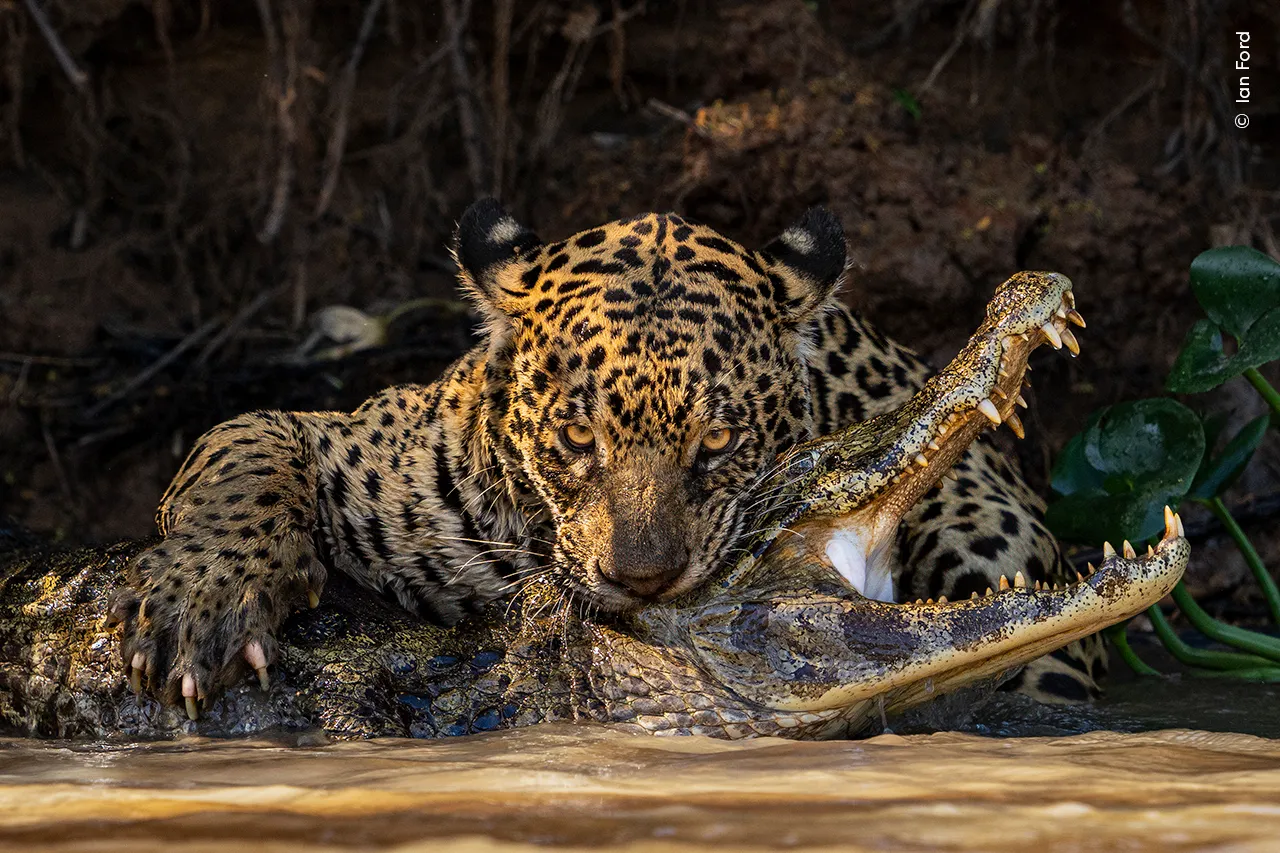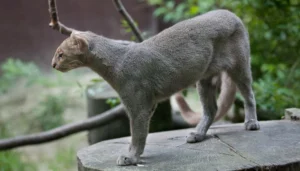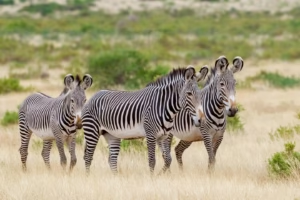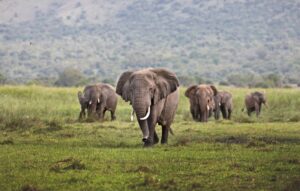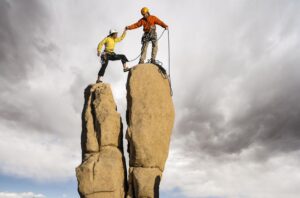I remember trekking through the misty forests of the Western Ghats a few years back, hoping to spot a lion-tailed macaque swinging from the branches. Instead, I ended up chatting with a local guide who shared heartbreaking stories about how these clever monkeys are vanishing faster than morning fog. It’s moments like that which remind me why we need to talk about endangered animals in India—not just as statistics, but as living treasures teetering on the brink. India, with its vast landscapes from snowy Himalayas to lush mangroves, hosts an incredible array of wildlife. Yet, rapid development, poaching, and climate shifts are pushing many species toward extinction. In this deep dive, we’ll explore the lists, the threats, and the glimmers of hope, all while keeping it real and relatable.
Understanding Endangered Species
Picture this: an animal that’s been around for millennia suddenly facing a world where its home is bulldozed for a highway or its fur fetches a fortune on the black market. That’s the harsh reality for endangered species. According to global standards set by the International Union for Conservation of Nature (IUCN), animals are classified as endangered when their populations plummet, putting them at high risk of vanishing forever. In India, this includes everything from mighty tigers to tiny frogs, with categories like critically endangered (facing immediate extinction threat), endangered (very high risk), and vulnerable (high risk if trends continue). These labels aren’t just labels—they’re wake-up calls for action.
Critically Endangered: On the Edge of Extinction
These are the species hanging by a thread, where every poached individual or lost habitat patch could be the final blow. Think of them as the ICU patients of the animal kingdom. India’s critically endangered list is a sobering read, with over 18 mammals, 18 birds, and more across other groups as per recent IUCN updates. Their survival often hinges on targeted rescues, like those dramatic anti-poaching ops that make headlines.
Mammals in Critical Danger
India’s mammals are hit hard, with habitat loss turning vast forests into fragmented patches. Take the pygmy hog, the world’s smallest pig, now confined to a sliver of Assam’s grasslands—it’s like trying to survive in a shrinking backyard. Others include the Namdapha flying squirrel, elusive in Arunachal’s treetops, and the Kashmir stag, or hangul, whose haunting calls echo in fewer valleys each year. These creatures face poaching for bushmeat or trophies, plus competition from livestock that munch away their food sources.
- Pygmy Hog (Porcula salvania): Found only in Manas Wildlife Sanctuary; threats include grassland degradation and hunting.
- Namdapha Flying Squirrel (Biswamoyopterus biswasi): Exclusive to Namdapha Tiger Reserve; hunted for food.
- Kashmir Stag/Hangul (Cervus elaphus hanglu): In Kashmir’s riverine forests; overgrazed by domestic animals.
- Malabar Civet (Viverra civettina): Western Ghats endemic; deforestation for plantations.
- Kondana Rat (Millardia kondana): Tiny range near Pune; tourism disturbances.
Birds Facing the Brink
Birds add a poignant note—imagine skies without the great Indian bustard’s majestic flight. This hefty flyer, once roaming vast grasslands, now numbers under 150 due to power lines and habitat conversion. The white-bellied heron, a ghostly figure along remote rivers, is down to perhaps 50 individuals worldwide, with India hosting a chunk. Poaching, dams disrupting rivers, and pesticides poisoning their prey are common culprits, turning migration routes into death traps.
| Species | Habitat | Population Estimate | Main Threats |
|---|---|---|---|
| Great Indian Bustard (Ardeotis nigriceps) | Grasslands in Rajasthan, Gujarat | <150 | Power lines, habitat loss |
| White-bellied Heron (Ardea insignis) | Northeastern rivers | ~50 globally | Dam construction, pollution |
| Baer’s Pochard (Aythya baeri) | Wetlands | Declining rapidly | Hunting, wetland drainage |
| Spoon-billed Sandpiper (Calidris pygmaea) | Coastal mudflats | <100 breeding pairs | Coastal development |
Reptiles and Amphibians at Risk
Reptiles like the gharial, with its comically long snout, are critically endangered in India’s rivers—pollution and fishing nets have slashed their numbers to around 650. The hawksbill sea turtle battles plastic-choked oceans and egg poaching along coasts. Amphibians, sensitive to climate tweaks, include the resplendent tree frog, clinging to a single Kerala peak with just 300 left. It’s emotional; these cold-blooded wonders are silent sentinels of environmental health, and their decline spells trouble for us all.
Endangered: High Risk but Some Hope
Shifting gears, endangered species have a bit more breathing room but still need urgent help. India’s list here is longer, featuring icons like the Bengal tiger, whose stripes hide a story of resilience amid peril. With populations rebounding slightly thanks to reserves, yet threatened by human encroachment, these animals remind us conservation can work—if we double down.
Iconic Big Cats
Who doesn’t get a thrill thinking of a tiger’s roar? The Bengal tiger, India’s national animal, numbers about 3,000 now, up from scary lows, but poaching for skins and bones persists. The Asiatic lion, confined to Gujarat’s Gir, faces disease outbreaks from nearby villages. Snow leopards, ghosts of the Himalayas, deal with retaliatory killings when they snag livestock. It’s a tightrope: protect the cats, but also the herders’ livelihoods.
Pros of Tiger Conservation:
- Boosts tourism revenue for local communities.
- Preserves biodiversity hotspots.
Cons:
- Requires massive funding and anti-poaching patrols.
- Human-wildlife conflicts can escalate.
Other Mammals in Peril
The one-horned rhinoceros, armored like a tank, has bounced back to 3,700 in Assam and Nepal, but floods push them into farms, sparking clashes. Blackbucks sprint across shrinking plains, victims of speeding vehicles and pesticides. The lion-tailed macaque, with its rockstar mane, sees its rainforest homes logged, while the red panda’s bamboo feasts are climate-vulnerable. Each story tugs at the heart—remember that time a viral video showed a mama red panda with cubs? Precious, but precarious.
- One-horned Rhinoceros: Poached for horns; conservation success story.
- Blackbuck: Habitat fragmentation; reintroduced abroad.
- Lion-tailed Macaque: Roadkills and food habit changes.
- Red Panda: Poaching and inbreeding.
Aquatic and Avian Species
Don’t forget the waters: the Ganges river dolphin, blind but echo-locating genius, is endangered by dams and pollution, with under 2,000 left. Birds like the forest owlet, rediscovered after being thought extinct, hover on the edge in central forests. These species highlight how land and water threats interconnect—save a river, save a dolphin and its feathered friends.
Vulnerable Species: Watch Closely
Vulnerable animals aren’t in immediate doom but could slip if we slack off. The Asian elephant, wise and massive, roams shrinking corridors, clashing with farmers over crops. The Indian bison or gaur, a beefy grazer, has lost 70% of its range to agriculture. Nilgiri tahrs bound on southern hills, but climate change might melt their cool retreats. It’s like watching a slow-burn thriller—action now prevents a tragic end.
Comparison: Vulnerable vs. Endangered
Vulnerable species often have larger populations but broader threats, while endangered ones face acute dangers. For instance, elephants (vulnerable) number 20,000-25,000 in India, versus tigers (endangered) at 3,000. Yet both need habitat corridors—elephants for migration, tigers for territory.
| Category | Example | Population | Key Difference |
|---|---|---|---|
| Vulnerable | Asian Elephant | 20,000-25,000 | Widespread but fragmented habitats |
| Endangered | Bengal Tiger | ~3,000 | Intense poaching pressure |
Threats to India’s Wildlife
India’s booming population—1.4 billion strong—means more roads, farms, and cities nibbling at wild spaces. Habitat loss is the big bad wolf, turning forests into fields. Poaching? It’s like a bad habit we can’t kick, driven by myths about medicinal horns or luxurious furs. Climate change adds insult, with erratic monsoons flooding rhino homes or warming snow leopard peaks. Pollution chokes rivers, starving dolphins of fish. And human-wildlife conflict? That’s when a leopard wanders into a village, and fear turns fatal. It’s all interconnected, like a web where one snag unravels the lot.
Habitat Loss and Fragmentation
Forests chopped for timber or mines leave animals isolated, like islands in a sea of concrete. I once saw a photo of an elephant squeezed between highways—heartbreaking and hazardous.
Poaching and Illegal Trade
Poachers are the villains, but demand from abroad fuels it. Tiger parts in traditional medicine, rhino horns as status symbols—it’s absurd when science debunks the “benefits.”
Climate Change Impacts
Warmer temps shift plant growth, starving herbivores. Snow leopards might climb higher, but there’s only so much mountain.
Conservation Efforts in India
Here’s where hope shines. Project Tiger, launched in 1973, has grown reserves from 9 to 53, boosting tiger numbers. WWF-India and Wildlife SOS run rescues, like relocating conflict elephants or treating injured rhinos. Laws like the Wildlife Protection Act 1972 ban hunting, with penalties that bite. Community programs teach villagers to coexist, using solar fences or crop insurance. It’s not perfect—funding gaps persist—but successes like rhino rebounds prove it’s possible. Humorously, if animals could vote, they’d elect these conservationists!
Government Initiatives
National parks like Kaziranga safeguard rhinos with armed patrols. The Indian Rhino Vision 2020 aimed for 3,000 by 2020—and hit it.
NGO Roles
Groups like WWF fund research, while Wildlife SOS handles rescues. Their stories? Inspiring, like saving a pangolin from traffickers.
Community Involvement
Locals in Ladakh build “leopard-proof” livestock pens, turning foes into allies.
Where to See Endangered Animals in India
Craving a safari? Head to Kaziranga National Park in Assam for rhinos and tigers—book jeep tours via the official site (kaziranga.assam.gov.in). Gir National Park in Gujarat is lion central; permits at girnationalpark.in. For snow leopards, Hemis in Ladakh offers guided treks—check ladakh.gov.in. Always go ethical: no feeding animals, stick to paths. It’s navigational gold for wildlife lovers.
Best Tools for Supporting Conservation
Want to help? Donate via WWF-India (wwfindia.org) or Wildlife SOS (wildlifesos.org)—their apps track campaigns. For tracking species, IUCN’s Red List app is free and informative. Binoculars like Nikon Prostaff (amazon.in) aid birdwatching trips. Apps like eBird log sightings, aiding research. Transactional tip: Buy eco-merch from these orgs; proceeds fund patrols.
People Also Ask
Drawing from common queries, here’s what folks often wonder about endangered animals in India.
What are the top 10 endangered animals in India?
From Bengal tigers to snow leopards, the list includes Asiatic lions, one-horned rhinos, blackbucks, lion-tailed macaques, resplendent tree frogs, Kashmiri red stags, Nilgiri tahrs, and Indian bisons.
How many endangered species are there in India?
Over 950 animal species are critically endangered, endangered, or vulnerable per IUCN’s 2023 update, plus 600+ plants.
What is the most endangered animal in India?
The great Indian bustard tops many lists, with under 150 left due to habitat woes.
Why are animals endangered in India?
Main culprits: habitat destruction, poaching, pollution, and human conflicts.
What can I do to help endangered animals in India?
Support NGOs, avoid wildlife products, and spread awareness—simple acts add up.
FAQ
What is the difference between endangered and critically endangered?
Critically endangered means extreme extinction risk now, while endangered is very high but slightly less immediate.
Are there any success stories in Indian wildlife conservation?
Yes! One-horned rhinos rose from 200 to 3,700 through protection.
How does climate change affect endangered species in India?
It alters habitats, like making Nilgiri tahrs’ mountains too warm or flooding rhino grasslands.
Where can I learn more about IUCN classifications?
Visit iucnredlist.org for detailed searches and updates.
Can tourism help save endangered animals?
Responsible eco-tourism funds reserves, but overdone it stresses wildlife—balance is key.
Wrapping up, India’s endangered animals aren’t just lists; they’re part of our heritage, like ancient tales woven into the land. I’ve felt the chill of a Himalayan dawn, wondering if snow leopards still prowl. By supporting conservation, we ensure future generations get those thrills too. Let’s act—before the stories fade. (Word count: 2,756)
